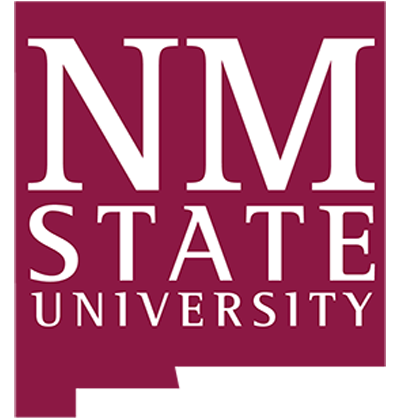1. Course number and name
CHME 201. Energy Balances & Basic Thermodynamics
2. Credits and contact hours
3 credit hours = 45 contact hours per semester
3. Instructor’s or course coordinator’s name
4. Text book, title, author, and year
Elementary Principles of Chemical Processes, 4th edition, 2016. Felder, Rousseau and Bullard. Wiley and Sons. Loose-leaf (binder-ready) ISBN: 978-1-118-43122-1 E-text: ISBN: 978-1-119-19023-3
a. other supplemental materials
none
5. Specific course information
a. catalog description: Chemical Engineering energy balances; combined energy and material balances including those with chemical reaction, purge and recycle; thermochemistry; application to unit operations; introduction to the first law of thermodynamics and its applications.
b. Prerequisite(s): CHME 102, CHEM 1216 or CHEM 1215G, and MATH 1521G or MATH 1521H.
c. required, elective, or selected elective (as per Table 5-1): required
6. Specific goals for the course
a. The student will be able to…
- Determine individual learning style and describe how learners of that style can help themselves ,
- Use modern engineering tools (example, Excel) to solve material and energy balance problems,
- Understand how professional and ethical responsibility corresponds to the NMSU Student Code of Conduct;
- Correctly implement unit conversions (outcome (a) an ability to apply knowledge of mathematics, science, and engineering),
- Analyze and solve elementary material balances on single and multi-unit process, for both nonreactive and reactive processes,
- Apply the first law of thermodynamics to batch and flow processes,
- Locate thermophysical property data in the literature and estimate properties when data are not available,
- Conduct combined material and energy balances around continuous multi-unit processes with and without chemical reaction,
- Perform process calculations using psychrometric charts, enthalpy concentration diagrams and steam tables,
- Derive and solve differential equations for transient heat and material balances on dynamic systems.
- Determine individual learning style and describe how learners of that style can help themselves,
- Use modern engineering tools (example, Excel) to solve material and energy balance problems,
- Understand how professional and ethical responsibility corresponds to the NMSU Student Code of Conduct;
- Correctly implement unit conversions,
- Analyze and solve elementary material balances on single and multi-unit process, for both nonreactive and reactive processes,
- Apply the first law of thermodynamics to batch and flow processes,
- Locate thermophysical property data in the literature and estimate properties when data are not available;
- Conduct combined material and energy balances around continuous multi-unit processes with and without chemical reaction,
- Perform process calculations using psychrometric charts, enthalpy concentration diagrams and steam tables,
- Derive and solve differential equations for transient heat and material balances on dynamic systems.
b. Criterion 3 Student Outcomes specifically addressed by this course are found in a mapping of outcomes against all CHME courses in the curriculum.
7. Brief list of topics to be covered
- Review:
- Introduction to engineering calculations
- Process variables
- Material balances
- Excel basics: cells, arrays, plotting, using a spreadsheet
- Energy and energy balances
- Material and energy balances on nonreactive processes
- Material and energy balances on reactive processes
- Transient balances
Common Syllabus Addendum
The NMSU Department of Chemical Engineering maintains a syllabus addendum containing course requirements common to all courses with the CH E prefix online. This document is accessible from the URL: http://chme.nmsu.edu/academics/syllabi/chme-common-syllabus-addendum/


